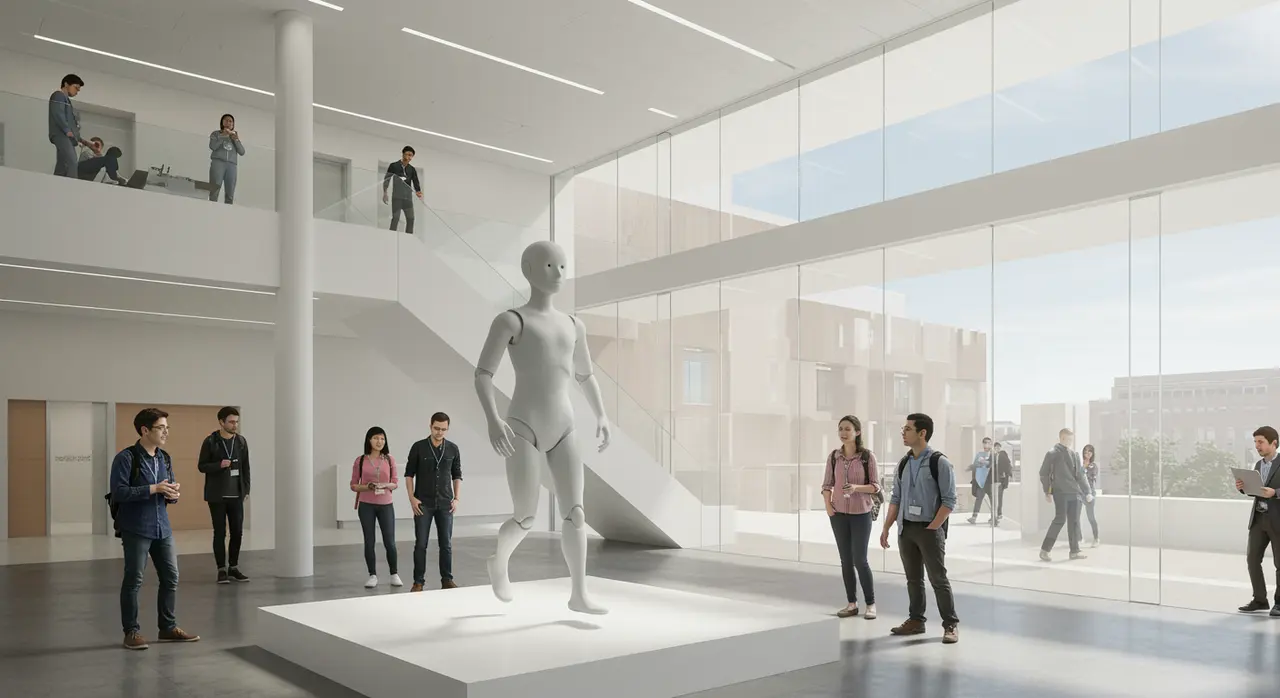MIT and Notre Dame Unveil SPROUT: Soft Robot Revolutionizes Disaster Response
39 views
Amid the relentless pursuit of innovation, a team of researchers from MIT and the University of Notre Dame has unveiled a groundbreaking tool poised to transform disaster response. Dubbed SPROUT, this soft "vine robot" is engineered to snake its way through the treacherous terrain of collapsed buildings and debris, offering a lifeline to those trapped beneath the chaos. With its lightweight, air-inflated tube and advanced camera and motion sensor, SPROUT promises to deliver critical visual insights to rescue teams, bridging the gap between human ingenuity and life-saving technology.
A New Dawn for Disaster Response: The Promise of SPROUT
In the aftermath of natural calamities, where seconds can mean the difference between survival and tragedy, the ability to assess and access disaster zones swiftly is paramount. SPROUT enters the fray as a marvel of engineering simplicity and efficacy. Unlike the bulky and often prohibitively expensive robotic systems currently employed in search-and-rescue missions, SPROUT's design emphasizes affordability without compromising its functionality. Its soft, air-filled body unfurls like a vine, extending from its tip to navigate tight spaces, sharp corners, and labyrinthine rubble with remarkable dexterity.

Equipped with a built-in camera and motion sensor, SPROUT offers rescuers an invaluable window into areas that would otherwise remain inaccessible. The device can slither through crevices, providing real-time visual feedback that enhances situational awareness, allowing rescue teams to strategize their approach with precision. In disaster scenarios where structural instability poses a significant risk, SPROUT minimizes the need for direct human intervention, reducing danger while expediting the search for survivors.
The developers of SPROUT have underscored its potential as a game-changer in disaster response, particularly in resource-strapped regions where access to cutting-edge rescue technology remains limited. By prioritizing cost-effectiveness, the team aims to democratize life-saving innovation, ensuring that SPROUT can be deployed widely and efficiently. Its simplicity of use further bolsters its appeal, as it requires minimal training to operate, making it an accessible tool for first responders across the globe.
While SPROUT's immediate application lies in disaster zones, its implications ripple far beyond the realm of emergency response. The robot's unique design and adaptability open doors to a host of other uses, from industrial inspections in hazardous environments to archaeological explorations in ancient ruins. The researchers' vision for SPROUT is one of versatility, positioning it as a tool that can evolve alongside the needs of those it serves.
This development also reflects a broader shift in the field of robotics, where the focus increasingly leans toward soft, flexible designs that mimic natural forms. Such innovations challenge the traditional notion of machines as rigid, mechanical entities, ushering in a new era of robotics that prioritizes adaptability and resilience. SPROUT embodies this philosophy, drawing inspiration from the organic world to solve human problems with elegance and efficiency.
As SPROUT prepares to make its debut in real-world scenarios, its creators remain steadfast in their commitment to refining the technology. The journey from concept to deployment is one marked by collaboration, ingenuity, and the unwavering belief in the power of science to save lives. In a world fraught with uncertainty, SPROUT offers a glimmer of hope—a reminder that even amid disaster, innovation can emerge as a beacon of possibility.
SPROUT's unveiling serves as a testament to the boundless potential of human creativity and the impact of interdisciplinary collaboration. By harnessing the expertise of engineers, scientists, and rescuers, the project underscores the importance of bridging academic research with practical application. As the vine robot inches closer to widespread use, it carries with it the promise of a future where technology and humanity intertwine to confront challenges with courage and compassion.
In the end, SPROUT is more than just a robot; it is a symbol of resilience, a tool born from the desire to reach those who cannot reach out themselves. Its soft, air-filled body may seem unassuming, but within its gentle movements lies the power to transform lives—a testament to the enduring spirit of innovation in the face of adversity.